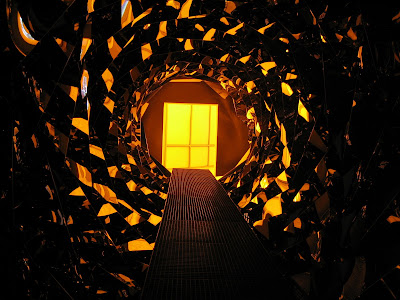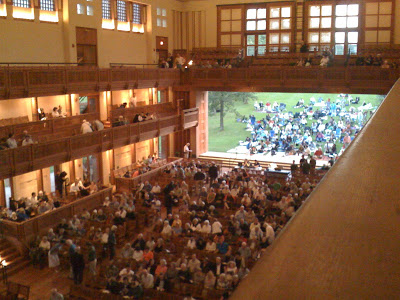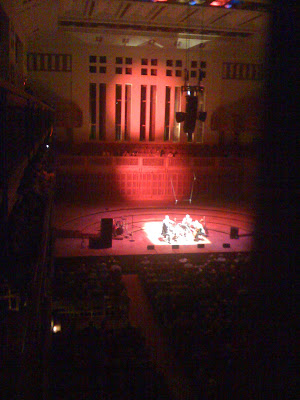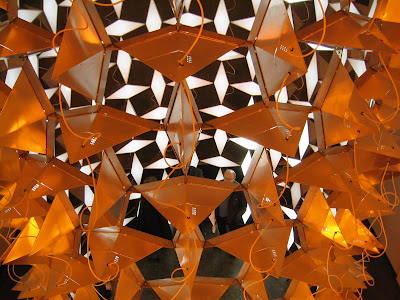Iceland
Art Vent Letting the Fresh Air In
I was in Iceland all last night, in my dreams. Before going to sleep I watched Part II of Heima, the gorgeous Sigur Ros film (more like a long music video/travelogue) from 2007 (thanks to Roberto and NetFlix)—which I can’t believe I’d never seen, given how enamored I am of Sigur Ros and all things Icelandic. In 2004, on my way to an Olafur Eliasson exhibition in Oslo, I stopped for several days in Iceland for the sole purpose of driving alone in that surreal landscape while playing their music—which is so eerie and beautiful I can get weepy just listening to it on my iPod while riding Metro North. The idea may sound hokey, but it totally worked—except for when I was freaked out. My plan was to drive from Reykjavik up to Geyser, around the coast to Grindavik, and end up soaking in the milky, steaming mineral waters of the Blue Lagoon. I had a map that showed a road by the Arctic Sea, with numerous place names, which I assumed to be quaint little fishing villages. Instead the “road” turned out simply to be a driveway-like leveling of the gravel and the place names just that—places, perhaps inlets, someone had once named. I drove for hours in my rented Toyota (with its seemingly unlimited gas tank) without seeing any evidence of humans or habitation, the only road signs being those that said “Blindhead”—which meant that the narrow road I was on was about to go over a rise where I wouldn’t be able to see any vehicles that might be approaching from the other side. The prospect of a head-on collision was scary, but not as scary as it would have been if I’d actually seen another vehicle the whole time I was driving. I would come to the top of one of those hills, hoping to catch sight of a house, a barn, a fence—anything, off in the distance, a restaurant or gas station being too much to hope for—but each time there was only the endless empty ribbon of road, stretching on and on….

Somewhere in Iceland, 2004
When Buckminster Fuller visited Reykjavik two years later, Einar told him this story. “I’m happy to know this,” Bucky said, “because I like to think that everyone has some good in them and I’ve never heard anything positive about Nixon.”
Einar writes about this, his first visit with Fuller, in his upcoming book about his 40-year quest to find what he has named the “Fang,” which is, in geometric terms “a space-filler for five-fold symmetry space.” Below, Einar’s geometry at work in one of Olafur Eliasson’s installations, Your spiral view (2002), which I photographed at the Kunstmuseum in Wolfsburg, Germany, in 2004, and is now part of the Beyeler Foundation collection.

The Kronos, like many contemporary musicians, make free use of pre-recorded audio, the only part that, for me, was disconcerting. I don’t mind sampling because it’s clear what it is, but I found it distracting to sit there and wonder what was live and what wasn't. This is one of the things I value in—and have learned from—the visual work of Robert Irwin and Olafur Eliasson, who make a point of keeping their means obvious so that the experience is the experience, and not marred by conjecture about how it’s done. One of my companions at the concert, Gregory, suggested that the Kronos might be better off having someone behind the computer up there on the stage with them, just to acknowledge the source of the sounds. But in general I don’t love the combination of canned music with live performance (even with dance)—it reminds me too much of lip-syncing (how about those Chinese?), or the violinists in the subway whose backup orchestra is a CD in a boombox.
The Kronos Quartet playing Sigur Ros:
Sigur Ros video Gobbledigook
I neglected to bring my camera, so Gregory took these pics of Ozawa hall with his iPhone:



P.S. The Iceland story ended happily. Einar, sensing something was up, rang me, I found my luggage, and the beautiful blond bus dispatcher took it upon herself to arrange for a driver to take me to Einar’s outpost, about 25 minutes away (cost: $16)—where breakfast was waiting. It was almost worth it to find out how caring people could be to a stranded stranger in a far-flung place.
Photo: Carol Diehl, Iceland 2006
 Le mur vegetal, Musee du Quai Branly. (Photo: Julie Ardery)
Le mur vegetal, Musee du Quai Branly. (Photo: Julie Ardery)Iceland, 2006 (Photo: Carol Diehl)
More about vertical gardens in "Green Anchors" in the NY Times.

